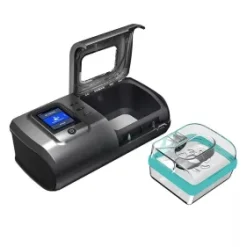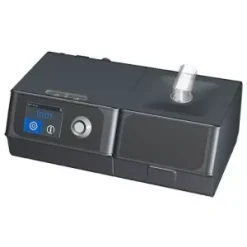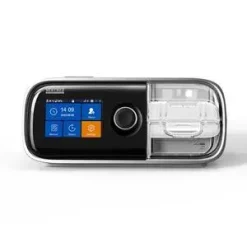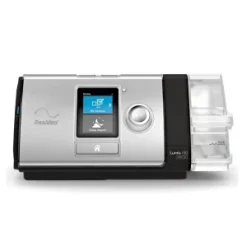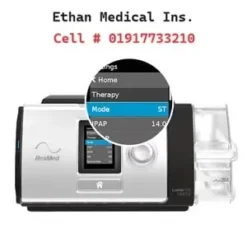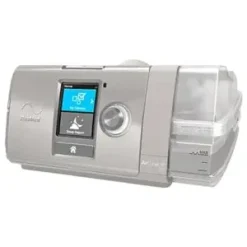BiPAP vs. CPAP machine
Sleep apnea is a common condition that affects millions worldwide, leading to interrupted breathing during sleep. Continuous Positive Airway Pressure (CPAP) and Bilevel Positive Airway Pressure (BiPAP) machines effectively treat sleep apnea. BiPAP machine vs CPAP, While both devices improve breathing patterns, they have significant differences that impact comfort and effectiveness. Understanding these differences helps in making the right choice.
What is a CPAP Machine?
A CPAP machine delivers a continuous, fixed level of air pressure to keep the airway open during sleep. Doctors commonly prescribe it for individuals with obstructive sleep apnea (OSA). The constant pressure prevents airway collapse, reducing snoring and breathing interruptions.
Benefits of CPAP
- Effectively treats mild to severe OSA
- Reduces snoring and improves sleep quality
- Costs less than BiPAP machines
- Offers various models with different features
Who Should Use CPAP?
CPAP works best for patients with OSA who need a single, consistent air pressure level throughout the night. It also suits those without complex respiratory conditions.
What is a BiPAP Machine?
A BiPAP machine, unlike CPAP, delivers two different levels of air pressure: a higher level when inhaling (inspiratory positive airway pressure, IPAP) and a lower level when exhaling (expiratory positive airway pressure, EPAP). This feature increases comfort for individuals who struggle to breathe against constant pressure.
Benefits of BiPAP
- Facilitates easier breathing due to dual pressure levels
- Works well for individuals with central sleep apnea or other respiratory conditions
- Reduces breathing effort for those with neuromuscular disorders
- Provides more flexibility with advanced settings
Who Should Use BiPAP?
BiPAP suits individuals who require different pressure levels for inhalation and exhalation. Doctors often prescribe it for patients with central sleep apnea, COPD, or other conditions that make breathing difficult.
CPAP vs. BiPAP: Key Differences
| Feature | CPAP | BiPAP |
|---|
| Pressure Levels | Fixed | Two levels (IPAP & EPAP) |
| Comfort | May feel restrictive | More comfortable for exhalation |
| Conditions Treated | OSA | OSA, CSA, COPD, and neuromuscular disorders |
| Cost | More affordable | Higher due to advanced settings |
| Complexity | Simple and easy to use | Requires proper settings and monitoring |
Choosing the Right Machine
When selecting a CPAP or BiPAP machine, consider factors such as the severity of your condition, doctor recommendations, comfort preferences, and budget. CPAP generally serves as the first-line treatment for OSA, while BiPAP addresses more complex respiratory issues.
Conclusion
Both CPAP and BiPAP machines provide essential relief for sleep apnea sufferers, improving sleep quality and overall health. Understanding the differences helps you and your doctor choose the best device for your needs. If you find CPAP difficult to use, consult your healthcare provider to determine whether a BiPAP machine would be a better fit for you.


